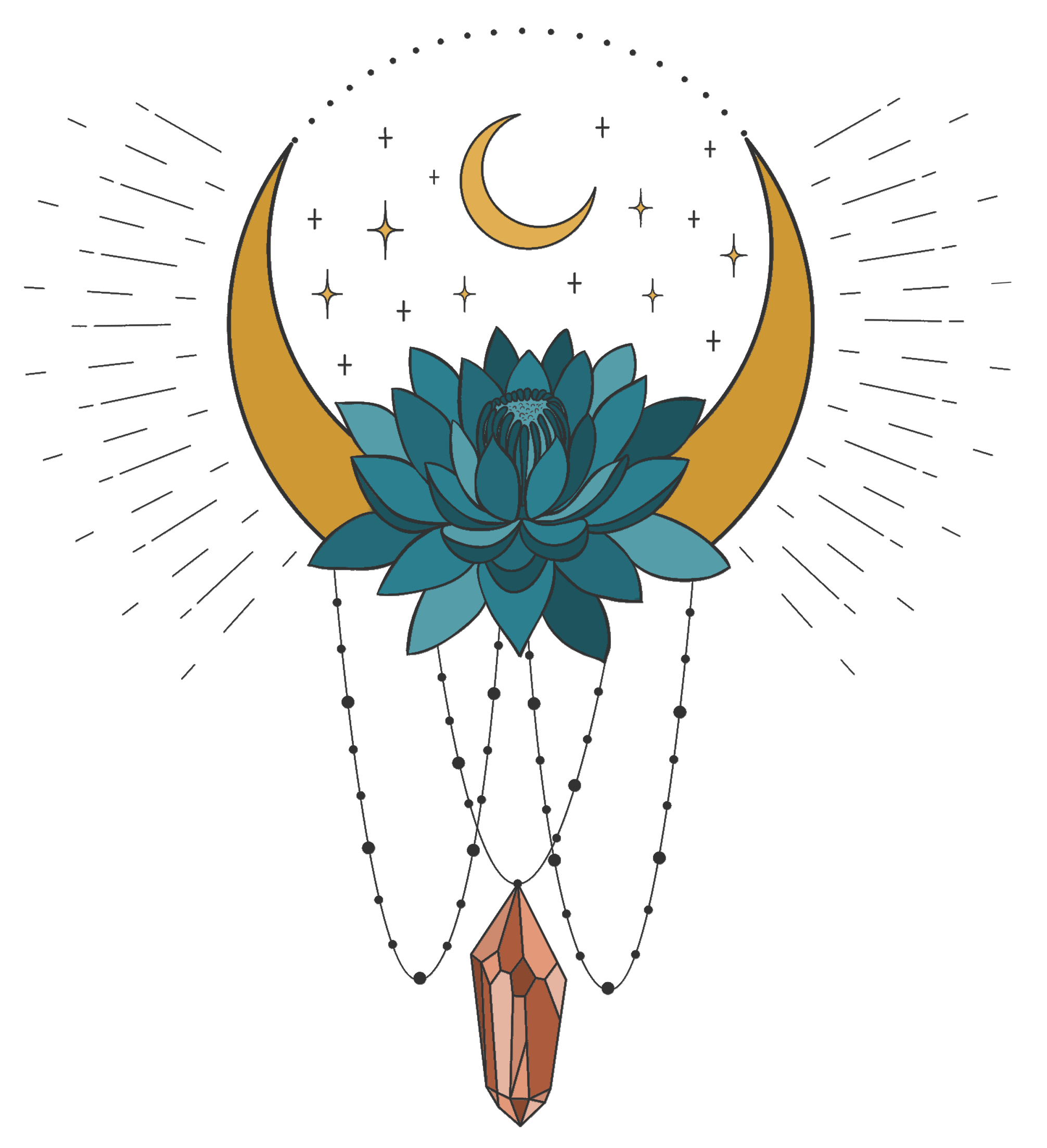For thousands of years, yogis have believed in the power of breath. To this day, yoga instructors even go as far as to say that if you lose track of your breathing during your yoga practice, you basically void the benefits of your asanas. Long story short: breathing is a crucial part of yoga!
Pranayama, or yoga breathing, makes you more connected to your breath. Although it is important to practice during your yoga practice, it can be beneficial to practice before meditation, right before you go to bed, right before you wake up, or when you just need to recharge. I have found that returning to my yoga breath can really help when I am stressed and need to reset my brain, like when I am hanging off of a mountain on a hard rock climbing route.
A technique that I love and have been using everyday is alternate nostril breathing (also known as Anulom Vilom). It is a great beginning pranayama practice, and can be done by everybody!
Alternate nostril breathing can be an extremely therapeutic and calming ritual. It cleanses your lungs and your mind, calms your emotions and your nervous system, encourages the flow of prana (energy), and can relax a restless brain and body. Doesn't that sound wonderful? Lets get to it!
Using your thumb, close off your right nostril. Slowly breathe in through your left nostril for a count of four. Hold breathe for a count of four.
Close off left nostril with your ring finger, and release your right nostril. Slowly breathe out for a count of four. Inhale though the right nostril for a count of four. Hold for four, then release through your left side as before. Repeat a few rounds of this alternate breathing and feel how your body responds to this gentle and nourishing practice.
Remember:
Never be forceful with your pranayama practice. If holding four counts is too much, try shorter increments until you can work your way up to it.
Health conditions, such as high blood pressure, might mean that you shouldn't participate or hold your breath. (Translation: Talk to your doctor.)
If possible, try to practice on an empty stomach or if has been a few hours since eating.
Do you practice pranayama? How do you use yoga breathing techniques in your everyday life?


